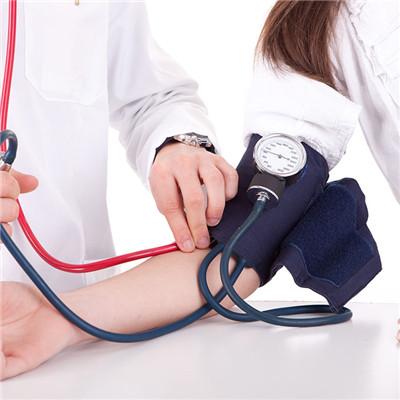What does secondary hypertension have?
summary
Hypertension can be divided into primary and secondary. Secondary hypertension refers to the elevation of blood pressure caused by certain diseases or causes. It is a clinical manifestation of some diseases. Today, let me talk about the secondary hypertension?.
What does secondary hypertension have?
First: [renal hypertension] is divided into renal vascular hypertension, renal parenchymal hypertension and renal peripheral hypertension. Renovascular hypertension mainly occurs in renal vessels; The pathological changes of renal parenchymal hypertension are different due to different primary diseases, such as acute and chronic glomerulonephritis, chronic pyelonephritis, polycystic kidney, etc; The pathological changes of perirenal hypertension include perirenal inflammation and renal tumor. Generally, it can have clinical manifestations such as fatigue, loss of appetite, nausea, vomiting, pantothenia, emaciation, low fever, joint muscle soreness, facial edema, pallor, low back pain, frequent excrement, urgency of urination, hematuria, proteinuria, etc; Severe cases can cause retinopathy (bleeding, exudation, papilledema), hypertensive encephalopathy (severe headache, vomiting, convulsions, disturbance of consciousness, mental disorders), heart failure, etc.

Second: [endocrine hypertension] endocrine hypertension is caused by abnormal secretion of certain endocrine glands or metabolic hormones, which is more common in young people. Most of the patients had family history and special clinical manifestations, such as obesity, emaciation, edema and fatigue; The blood pressure fluctuation is big, concealment is also very strong, most of them are intractable hypertension, the effect after treatment is generally not ideal. It is mainly seen in hypertension caused by pheochromocytoma, primary aldosteronism, hyperthyroidism and Hypercortisonism.

Third: [pregnancy induced hypertension] pregnancy induced hypertension is mainly due to the stimulation of adrenal cortex and the release of a large number of hormones after pregnancy, especially the secretion and release of aldosterone, which leads to the increase of blood pressure. More than half of these patients have family genetic history, but cardiovascular, cerebrovascular and renal vascular complications are rare, and blood pressure usually returns to normal within three months after delivery. Clinically, elevated arterial blood pressure can be seen, most of which are grade I hypertension, accompanied by dizziness, headache, nausea, vomiting, edema, proteinuria, coma and other symptoms, or without any symptoms.

matters needing attention
Vascular hypertension is more common in renal vascular lesions, such as renal artery inflammation, atherosclerosis, renal artery muscle fiber dysplasia and so on. Most of the symptoms were headache, dizziness, palpitation, fatigue, numbness, cold pain, intermittent claudication, pulse weakening or disappearing.














